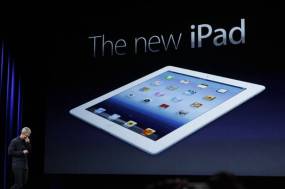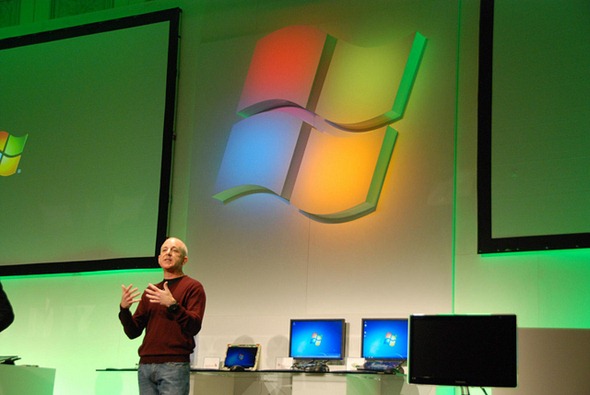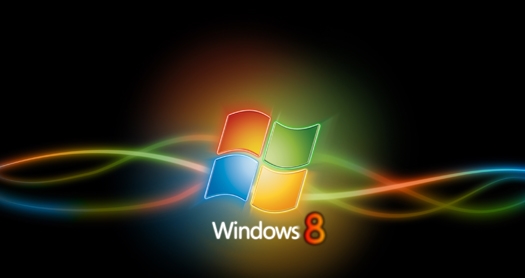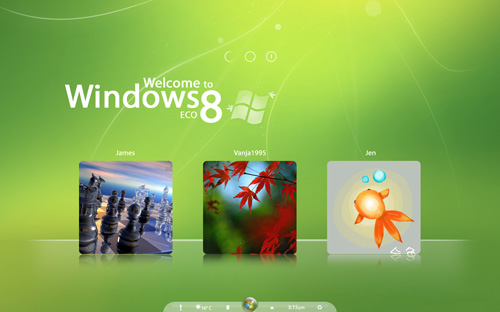Apple has unveiled an updated iPad tablet with a high-definition screen and faster communications. These were the two most important expectations set for the device. At an event in San Francisco on Wednesday Tim Cook unveiled the third updated version of the tablet which he referred to as the ‘new iPad’ instead of giving it a specific name. It will become available on March 16 in the US and nine other countries: UK, Canada, Germany, France, Switzerland, Hong Kong, Singapore, Australia and Japan.The product looks and feels like iPad 2 although slightly heavier and thicker. Rupert Goodwins stated on his technology website: ‘Unless you are a big Apple fan it will look like any other iPad.’ Its starting price is also the same: $399 for the Wi-Fi only models, or $659 for models with Wi-Fi and 4G connectivity. The price of the iPad 2 is dropping to a starting price of $329. Apple tries to appeal to its users by the variety of technological improvements instead of the low price in its attempt to stay ahead of competitors.
The main features of the new iPad include HD retina display- an unusually sharp display, support for the 4G connectivity known as LTE (10 times faster than 3G found in the iPad 2) and a faster microprocessor chip with improved graphics performance that helps run realistic-looking videogames. It therefore seems like this new improved tablet is designed more as a tool for the creative class. The device important to Apple’s efforts to increase control over the number of activities consumers are able to do digitally. The new iPad proves that mobile devices such as tablets can in the future replace personal computers performing the same number of operations. Tim Cook talked on Wednesday about the ‘post PC era’; where PC is just a device not the centre of our technological world, and Apple’s dominance of it. He highlighted the company’s capability to create a broad range of digital devices that had become central part of consumers’ lives.
This launch is the first major event for Apple since the death of Apple co-founder Steve Jobs. Now Apple Executives need to show why all these innovations are worth it. Although the changes are not radical they seem to have met the expectations of technical analysts and Apple followers that have been speculating about the new device for months. Most technical experts are impressed by the improvements and believe the new iPad will sell well. However, others express their disappointment that Apple failed to include haptic touch-feedback technology in the display or access to the iPhone 4S’ voice-controlled Siri ‘intelligent assistant.’ So far there is no explanation as to why the device has not been given a specific name, like expected iPad 3, which may confuse the purchasers. It may be in connection to the trademark dispute raised by Proview but the only reason given was ‘because we don’t want to be predictable’.
 Since the introduction of the first iPad in 2010, the firm grew rapidly taking over the tablet market. Despite many disputes and lawsuits, Apple continues to dominate the market, having sold over 50 million iPads so far. More than 83 per cent of all U.S. tablet users choose iPad according to eMarketer. The company, however may face a challenge from Microsoft once tablets running Windows 8 system go on sale as the improvements introduced are not considered enough to ensure Apple’s lead in the market.
Since the introduction of the first iPad in 2010, the firm grew rapidly taking over the tablet market. Despite many disputes and lawsuits, Apple continues to dominate the market, having sold over 50 million iPads so far. More than 83 per cent of all U.S. tablet users choose iPad according to eMarketer. The company, however may face a challenge from Microsoft once tablets running Windows 8 system go on sale as the improvements introduced are not considered enough to ensure Apple’s lead in the market.
During the event, Apple also mentioned that a new version of its Apple TV device with higher-resolution video would go on sale March 16. The product enables viewers to get Internet video on traditional TV as well as purchase movies via iTunes across Apple devices. The event was closed by Mr. Cook announcing that there is still more to come this year.














